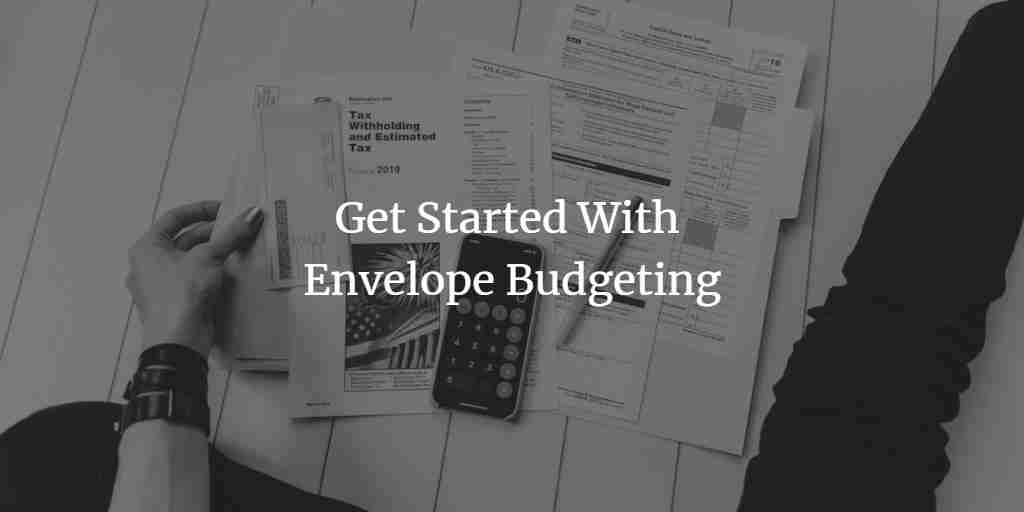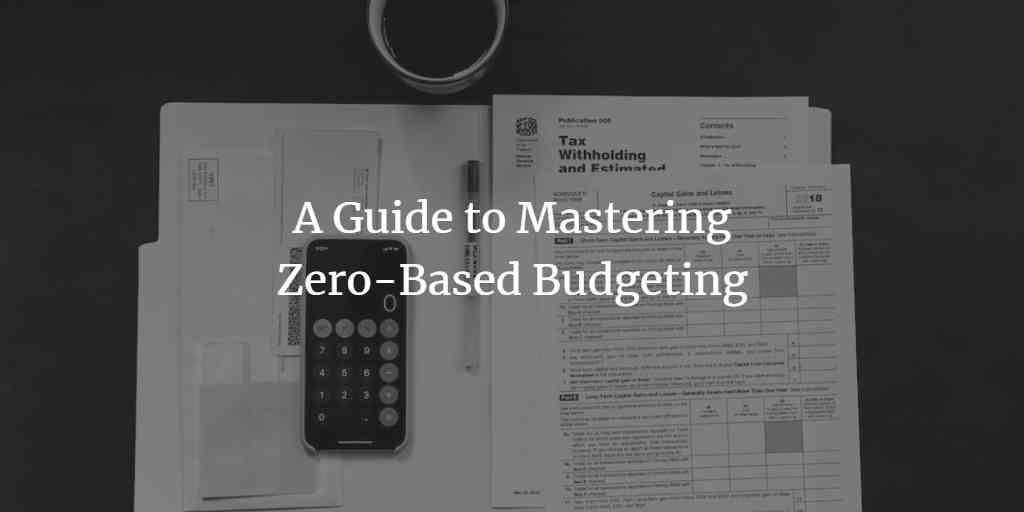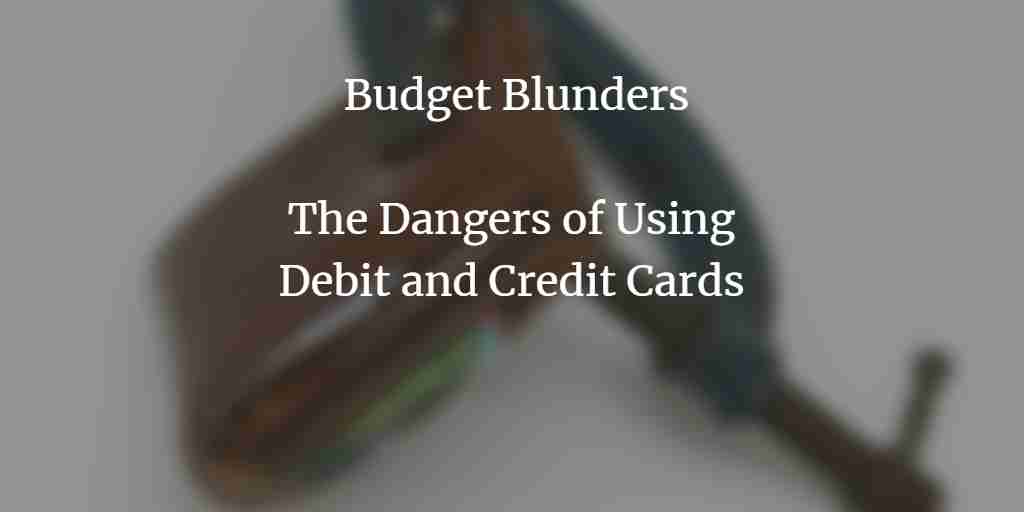If you are having a hard time-saving money then it’s time to consider the envelope budgeting method. Envelope budgeting is a simple but effective method of managing finances. In this type of budgeting method, you are setting a fixed amount of money to specific categories.
What is Envelop Budgeting Technique?
Envelope budgeting is a simple yet very effective method of managing your finances. In this budgeting method, you will divide a set amount of money into specific categories. You will divide your income into physical envelopes (or virtual envelopes). These envelopes are labelled with different categories of expenses. The categories of expenses are groceries, entertainment or savings. The idea is that once the money in the envelope is gone, you are not allowed to spend on that category until the next period.
This method is very simple and easy to follow for people who have trouble sticking to a budget. This is because when you separate your money into different categories then you know exactly where your money is going. In this way, you can make the adjustment as and when needed.
With the envelop method, your falling victim to impulse purchases can be reduced because you will spend less money using cash.
The best way to create an Envelope budget
Envelop Budgeting is one of the best ways to track your spending as well as control your expenses. So the best way to create the envelop budget is as follows:
-
List Income and Expense - The first step in any budgeting is to determine your income and expenses and the same applies to envelop budgeting as well. You need to list down all your monthly expenses as well as income from all the sources. Along with that list down all the irregular expenses as well.
-
Create Categories - Create categories for the budget. The categories are groceries, utilities, rent, entertainment, or savings.
-
Label Envelope - This envelope system mainly relies on cash, like creating envelop and keeping the cash in that envelope. You can also use the virtual envelope. Label the envelope with the different categories, or you can use a digital app or spreadsheet to keep track of your budget. This will help to track your spending as well as control your expenses and keep you organized.
-
Allocate Funds - It’s time to start filling the labelled envelope with cash or transferring money into the designated accounts.
-
Spend - Now you have the envelope ready and it’s time to spend every day based on the money allocated to the envelope. Be sure to stick to the budget you set for each envelope, and try to avoid dipping into one envelope to cover expenses for another.
One of the biggest advantages of envelope budgeting is that it helps you stay aware of where your money is going. When you see the money physically leaving an envelope (or virtually), it becomes more real and makes it easier to stick to a budget. It also helps you to prioritize your spending. When you have a limited amount of money in each envelope, you’re forced to make conscious decisions about where to spend your money. This can help you cut back on unnecessary expenses and save more money in the long run.
It’s also important to track your progress and make adjustments as needed. Review your budget and expenses regularly to see where you can cut back and where you can save more.
How Envelope Budgeting method is compared to Other budgeting methods?
Envelope budgeting is one of the popular budgeting methods that has been used for many years. You will be allocated a set amount of money for specific expenses or categories by keeping that money in a physical or virtual envelope. However, it is not the only budgeting method available.
One of the most common budgeting methods is the 50/30/20 rule. In this method, you will be dividing your post-tax income into three categories as follows: 50% for necessities, 30% for entertainment spending, and 20% for savings and debt repayment. This method is relatively simple to follow and can be a good starting point for those new to budgeting.
Another popular method is the zero-based budgeting method. In this budgeting method, your income minus expenditure should be zero at the end of the month. This method can be more detailed and time-consuming, but it allows for a more accurate picture of where your money is going.
The last common method is the percentage-based budgeting method. It is like envelop budget where you will be allocating a percentage of your income to different expenses or categories. This can be a flexible way to budget, as the percentages can be adjusted as needed.
Envelope budgeting offers a hands-on and visual approach to budgeting as you can track where your money is flowing. It can help people who have trouble sticking to a budget and those who have a hard time-saving money. It has more flexibility than the 50/30/20 rule, but it is not as detailed as zero-based budgeting. It’s also like a percentage-based budgeting method, but it focuses more on cash and physical allocation than on percentages.
It’s important to note that the most effective budgeting method is the one that works best for you. And it can be different for different individuals.
Envelope budgeting advantages and disadvantages
Envelope budgeting is a popular budgeting method that has several advantages and disadvantages.
Advantages:
-
It helps to increase awareness of where your money is going.
-
It helps to prioritize spending.
-
It helps to stick to a budget.
-
It helps to save money.
-
It is simple and easy to implement.
Disadvantages:
-
It can be inflexible: Envelope budgeting can be inflexible if an unexpected expense arises. If all the money in an envelope has been spent, it can be difficult to find the funds to cover the expense.
-
It can be time-consuming: Envelope budgeting requires you to physically withdraw cash. Or transfer money into different accounts if you are using it virtually. This can take more time than other budgeting methods.
-
It may not be suitable for those who have trouble sticking to a budget: Envelope budgeting requires a lot of discipline and self-control. If you have trouble sticking to a budget, this method may not be suitable for you.
-
It may not be suitable for those who have irregular income: If your income is not consistent, it can be difficult to budget with envelopes. Because you may not know how much money you will have available each month.
Overall, envelope budgeting can be an effective method for managing finances, but it’s not suitable for everyone. It’s important to consider your goals, habits and lifestyle before deciding whether this method is right for you.
Tips for Envelope Budgeting Success
-
Be realistic about your expenses: It’s important, to be honest about your spending habits and budget accordingly. Don’t underestimate your expenses or you may find yourself running out of money in your envelopes.
-
Track your spending: Keep track of all expenses, whether they are cash or card payments, to make sure you’re sticking to your budget.
-
Be flexible: It’s important to be flexible with your budget, especially when unexpected expenses arise. Don’t be afraid to adjust your budget as needed to make sure you’re sticking to your overall financial goals.
-
Review your budget regularly: Review your budget at least once a month to make sure you’re sticking to your budget. You can also make any necessary adjustments as required.
-
Be consistent: Consistency is key when it comes to budgeting. Try to stick to your budget every month and don’t let setbacks discourage you.
-
Reward yourself: Reward yourself for sticking to your budget. It will give you the motivation to continue budgeting and achieving your financial goals.
Common Mistakes to Avoid When Using an Envelope Budgeting System
When using an envelope budgeting system, it’s important to avoid certain common mistakes to ensure the system works for you.
-
Not keeping track of spending. This is the biggest mistake people make when using an envelope budgeting system is not keeping track of spending.
-
Not being realistic about expenses. Another common mistake is not being realistic about expenses.
-
Not setting aside money for unexpected expenses. It’s important to set aside money for unexpected expenses such as car repairs or medical bills.
-
Not reviewing your budget regularly. It’s important to review your budget regularly to make sure you’re sticking to your budget and to make any necessary adjustments.
-
Not having a clear goal: Have a clear goal in mind when creating your budget. This could be a savings target, paying off debt, or a big purchase you want to make. Having a clear goal will help you stay focused and motivated to stick to your budget.
If you avoid these mistakes, you will be able to use an envelope budgeting system effectively and reach your financial goals.
FAQs About Using the Envelop Budgeting Rule
Q: How does envelope budgeting help with saving money?
A: Envelope budgeting helps with saving money by allocating a specific amount of money to save each month. You can see exactly where your money is going and make adjustments as needed. This can help you cut back on unnecessary expenses and save more money in the long run.
Q: Can I use envelope budgeting for long-term savings goals?
A: Yes, you can use envelope budgeting for long-term savings goals such as retirement or a down payment on a house. Allocate a specific amount of money to a “savings” envelope each month and make sure to stick to the budget you set for it.
Q: What should I do if I overspend on an envelope?
A: If you overspend in an envelope, look for ways to cut back on spending in that category. Consider transferring money from another envelope to cover the expense. It’s important to be aware of your spending and make adjustments as needed to stay on track with your budget.
Q: Can I use envelope budgeting for irregular expenses?
A: Yes, you can use envelope budgeting for irregular expenses such as annual car registration or vacation savings. This is done by setting aside a specific amount of money in an envelope labelled as “irregular expenses” each month. This will help you to have the funds ready when the expenses come up.
Q: Can I use envelope budgeting while on a tight budget?
A: Yes, envelope budgeting can be used while on a tight budget. It can help you to see where your money is going and make adjustments as needed to cut back on unnecessary expenses.
Q: How can I make envelope budgeting work for me?
A: To make envelope budgeting work for you, it’s important to be realistic about your income and expenses and to be flexible with your budget. It’s also important to track your progress and make adjustments as needed. Remember to be consistent and stick to the budget you set for each envelope.
Q. Is the envelope budgeting method right for you?
A: It’s important to note that the most effective budgeting method is the one that works best for you. The effectiveness of the budgeting method can be different for different individuals. So to check if the envelop budgeting method is right for you, you need to use it for a month or two to find out if it is right for you.
In conclusion, envelope budgeting is a simple yet effective method of managing your finances. You will be able to see exactly where your money is going and make adjustments as needed. It helps you stay aware of where your money is going, prioritize your spending, and increase your savings. So, give it a try, and you’ll be on your way to reaching your financial goals in no time.
 Gopesh Sharma
Gopesh Sharma 
 From Basics to Beyond: A Guide to Mastering Zero-Based Budgeting
From Basics to Beyond: A Guide to Mastering Zero-Based Budgeting